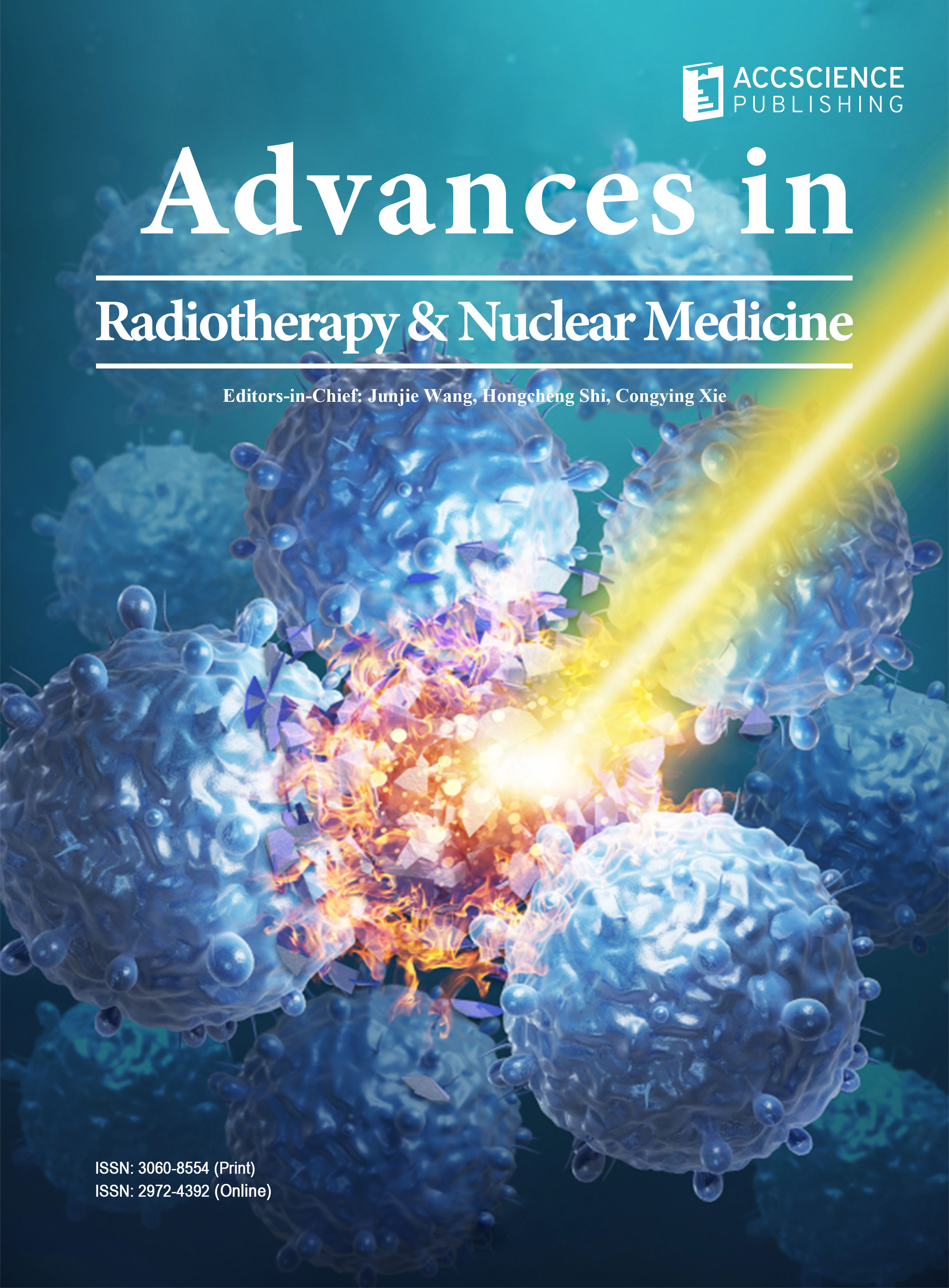Dear Colleagues,
Boron Neutron Capture Therapy (BNCT) is based on the preferential uptake of 10B-loaded targeting drugs by cancer cells and the high thermal neutron capture cross-section of 10B. The capture of thermal neutrons by 10B produces 4He and 7Li ions; two high-LET particles with ranges within the diameter of a single cell. This allows for the potential to target single tumor cells with precision.
BNCT is not a new idea with its conception dating back to the 1930s. However, whilst pre-clinical and clinical studies have continued, adoption of BNCT for routine clinical practice has been slow. This is primarily due to the use of reactors as a source of thermal neutrons, significantly reducing access for patients and limiting the ability to perform the necessary clinical trials. However, the development of accelerator-based BNCT systems in recent years has opened up the possibility for hospital-based installations. This is a potential game changer for the proliferation of BNCT, opening up opportunities to perform meaningful clinical trials. This advancement is causing a renaissance in the BNCT field.
Accelerator-based BNCT systems are being installed in hospitals around the world and collaborative clinical trials are planned. Work to optimize targeted drugs for improved 10B delivery is increasing and techniques for treatment planning and dose verification are being developed. This special issue will highlight cutting edge research in all these areas of BNCT development.
Performance of neutron beam system for accelerator-based boron neutron capture therapy
Mini neutron tubes for boron neutron capture therapy and neutron imaging applications



